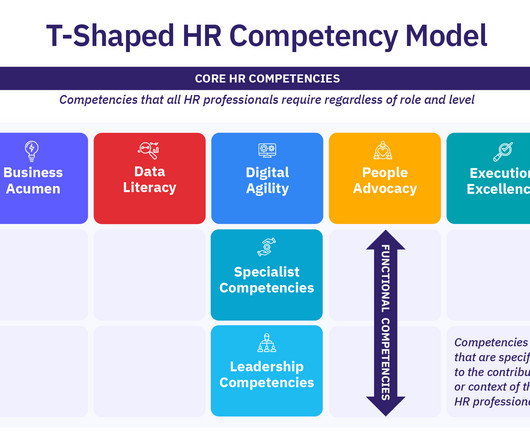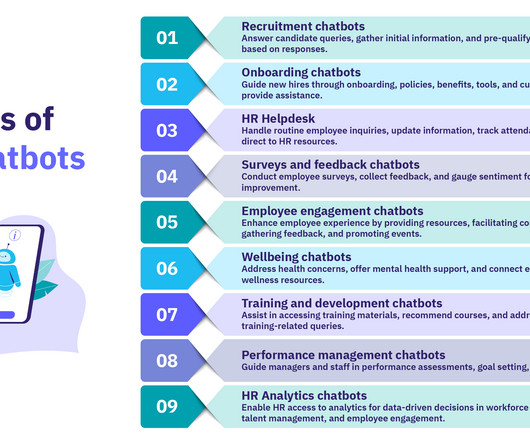HR Competencies for 2030: A Future Standard
Analytics in HR
NOVEMBER 2, 2023
Beyond alignment, HR should also look at the employee as their customer and apply user-centric principles to design products and services that meet a specific need. With this approach, HR can design solutions that resonate with employees, fostering a highly engaged and motivated workforce. That comes with various moral dilemmas.
















Let's personalize your content